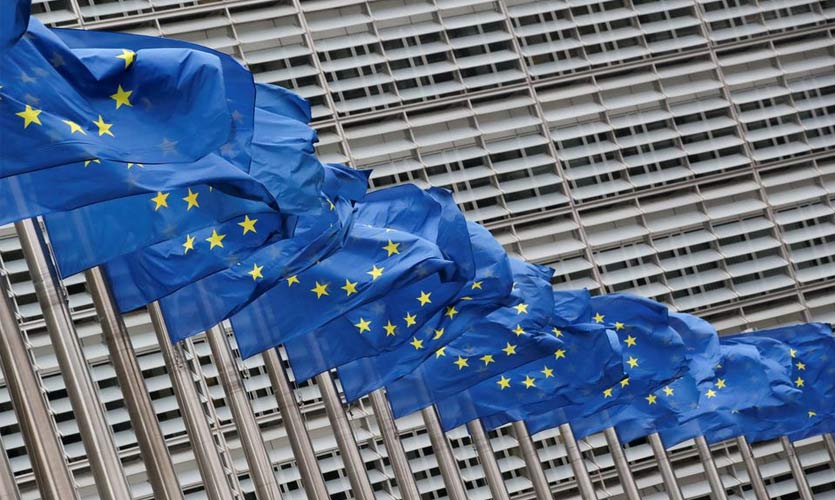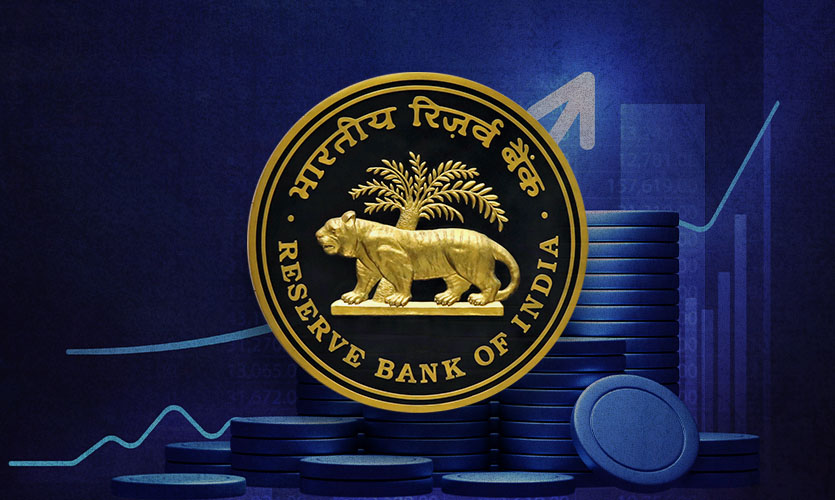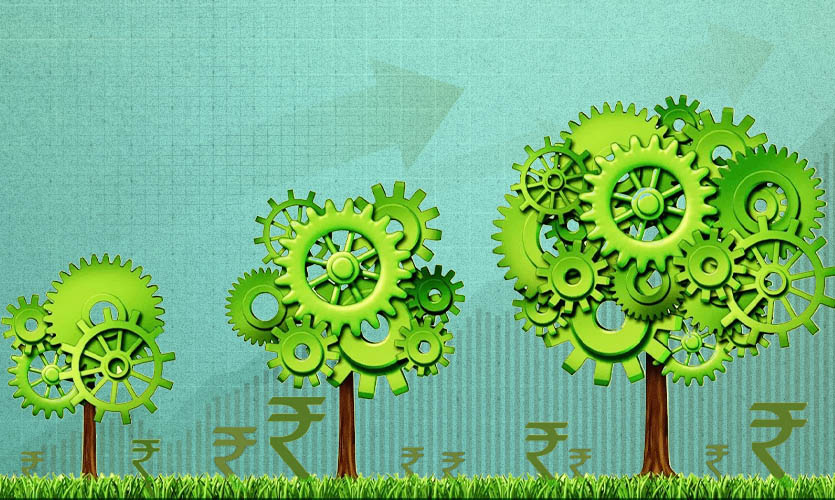The European Union released its most ambitious climate change policy earlier this month. The 27 countries of the bloc are set to follow a detailed plan that aims to meet their collective goal to reduce net greenhouse gas emissions by 55 percent from 1990 levels by 2030 – a step towards “net-zero” emissions by 2050.
The “Fit for 55” measures will include raising the cost of emitting carbon for heating, transport and manufacturing, taxing high-carbon aviation fuel and shipping fuel that has not been taxed before, and charging importers at the border for the carbon emitted in making products such as cement, steel and aluminium abroad.
The measures will require approval of member states and the European parliament, a process that could take two years.
The EU’s upcoming Carbon Border Adjustment Mechanism (CBAM), a part of the “Fit for 55” measures, was the primary cause of global concern. According to the European Commission, the border levy shall be phased in from 2026.
How Does The CBAM Work?
The CBAM was introduced in 2019 by the European Commission as part of the larger European Green Deal. On September 16, 2020, it became a legislative proposal along with other initiatives for 2021.
Under the proposal, a transitional phase from 2023-25 will require importers, including those importing electricity, to monitor and report their emissions. Importers will be required to buy digital certificates representing the tonnage of carbon dioxide emissions embedded in the goods they import.
The prices will mirror that, finalised by the country’s own emission trading system (ETS) established in 2005. The ETS caps how much greenhouse gas (GHG) individual industrial units can emit; those that fail to cap their emissions can buy ‘allowances’ from those who have made deeper cuts.
EU carbon prices have hit record levels of more than 58 euros a tonne this year. Analysts have predicted that prices will continue to rise until 2030, due to the prospect of the carbon market reforms proposed by the EC.
The EU hopes to achieve broad goals through the CBAM. Firstly, increasing the price of carbon is meant to discourage consumers from buying carbon-intensive products and encourage producers to invest in cleaner technologies. The EC hopes to protect European industries from competitors abroad, where manufacturers move production to countries that have more relaxed or no emission limits, allowing them to manufacture at a lower cost as they are not charged for their carbon output. The adjustment will be applied to energy-intensive products that are widely traded by the EU such as iron and steel, aluminium, cement, fertiliser, and electricity. The EU hopes to eventually include other industries under the CBAM.
Secondly, according to the Financial Times, Brussels is expected to raise an estimated €9 billion a year in revenues once the CBAM is fully up and running by 2030. This money has been earmarked to help cover the cost of the EU’s €750 billion recovery fund that Brussels borrowed to boost their economies in the wake of the pandemic.
World Leaders Resist The CBAM
The EU’s CBAM hopes to turn their green goals into concrete action and lead a revolutionary change among other economies. However, these rules have been largely met with heated debates over the “fairness” of the proposal. Critics suggest that a carbon border tax is discriminatory and will lead to disruptions in the global trading system.
China’s President Xi Jinping told the EU in April not to let the battle against climate change become an excuse for “trade barriers”. Australian Trade Minister Dan Tehan said that the EU carbon levy ran “the risk of enhancing protectionism”.
Russia is potentially one of the biggest losers from the measures and calculated that it stood to lose $7.6 billion from them. Russia is Europe’s biggest supplier of carbon-intensive products such as oil, coal, rolled steel and aluminium, worth an estimated €10 billion in 2019.
The main focus has been on the rising tensions between the US and EU prior to the July announcement when the US Trade Representative Katherine Tai said that the US has not ruled out retaliatory tariffs if the CBAM is implemented.
The BASIC – Brazil, South Africa, India and China – have also said that the EU’s proposal goes against the UN principle of Common but Differentiated Responsibilities and Respective Capabilities (CBDR–RC). The CBDR-RC acknowledges that richer countries have a responsibility of providing financial and technological assistance to developing and vulnerable countries to fight climate change.
For India, the EU is the third-largest trading partner, accounting for $74.5 billion worth of trade in goods in 2020, i.e., 11.1 percent of India’s total global trade last year. India’s exports to the EU were worth $41.36 billion in 2020-21 as per data from the commerce ministry. This tax could make Indian goods less attractive for buyers and shrink demand due to increased prices.
Even within Europe, the measure has failed to win a large fan base. In a document detailing Germany’s stance, Berlin wrote, “all opportunities and risks potentially associated with the carbon border adjustment mechanism or alternative approaches should be carefully identified and weighed against one another.” They further highlighted “compatibility with WTO law, practicability, compatibility with international climate agreements, impacts on developing countries and the signalling effect for trade policy” as potential issues.
Berlin’s statement is being seen as an ambivalent response that advocates caution above all. “What they fear is retaliation against EU exports based on carbon. And it happens that the carbon content of Germany’s exports is on average, very high,” said Pascal Lamy, a former director-general of the WTO.
Read more: India’s Green Transition And The Way Forward
Challenges Ahead
The EU leaders say that the policy is aimed at companies, not countries, and have emphasised that they want to co-operate as widely as possible with other governments on carbon pricing.
“This is an environmental policy tool, not a tax, not a tariff. It is in line with and compliant with international trading rules,” said Paolo Gentiloni, the EU’s economy commissioner.
The EU has agreed to accommodate reductions in border levies. “If importers can prove, based on verified information from third country producers, that a carbon price has already been paid during the production of the imported goods, the corresponding amount can be deducted from their final bill,” the Commission said in a fact sheet outlining the policy.
Mathias Cormann, the new secretary-general of the Organization for Economic Cooperation and Development. (OECD) said, “This should absolutely just be a last resort. It would be much preferable if countries around the world could be persuaded to make a genuine and proportionate effort towards achieving the global mission, to get to global net-zero by 2050.”
In the past, the EU has been known to have seen their pro-green deals fail due to mounting pressure from big economies like the US. When Brussels wanted to tax airline emissions for all jets departing or landing in Europe, Washington passed a law banning its companies from complying with the EU’s airline emissions tax. China simply threatened not to buy Airbus jets.
Implementing the CBAM will be extremely complex. Economists believe that the CBAM will be a critical test case that depends on whether it successfully incentivises lowering of emissions and prompts other countries to follow Brussels’ lead.










